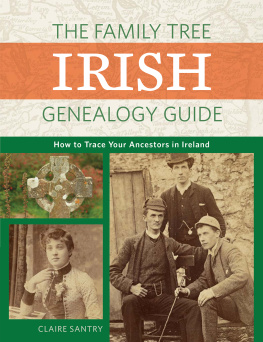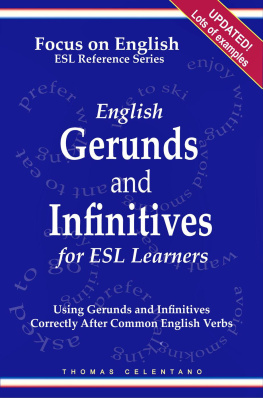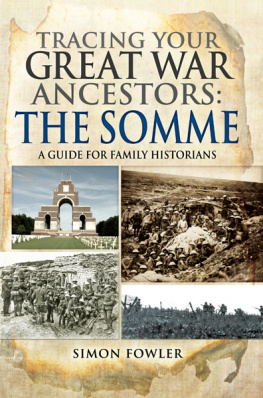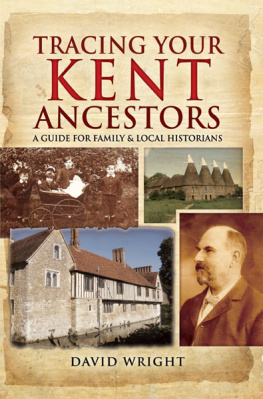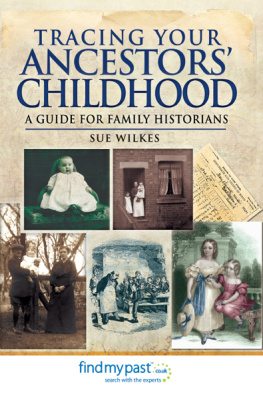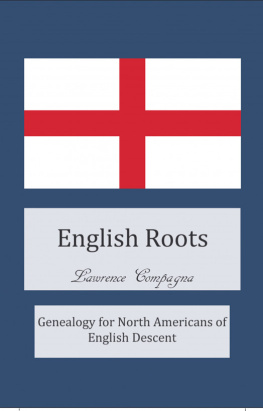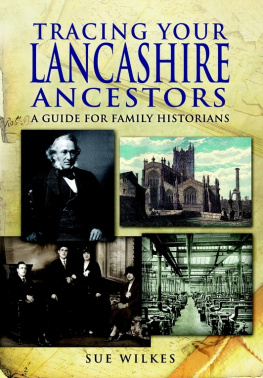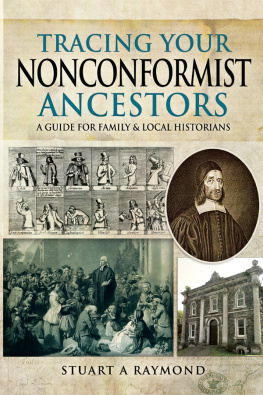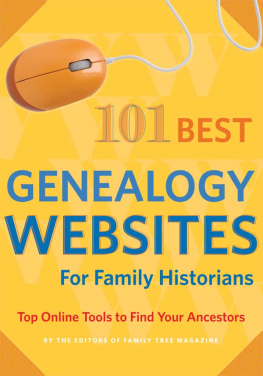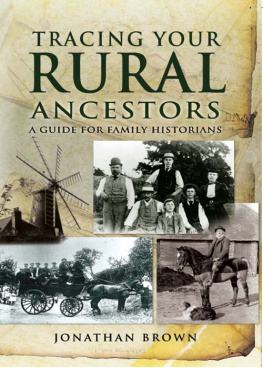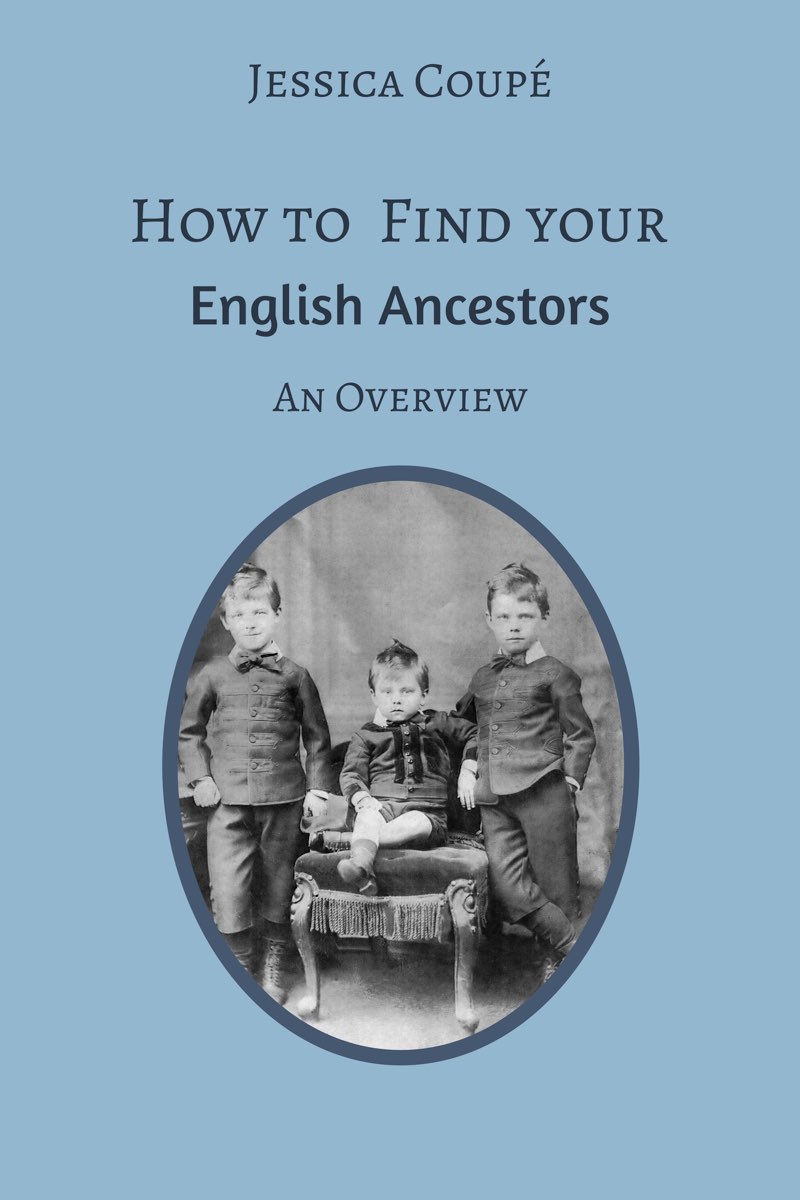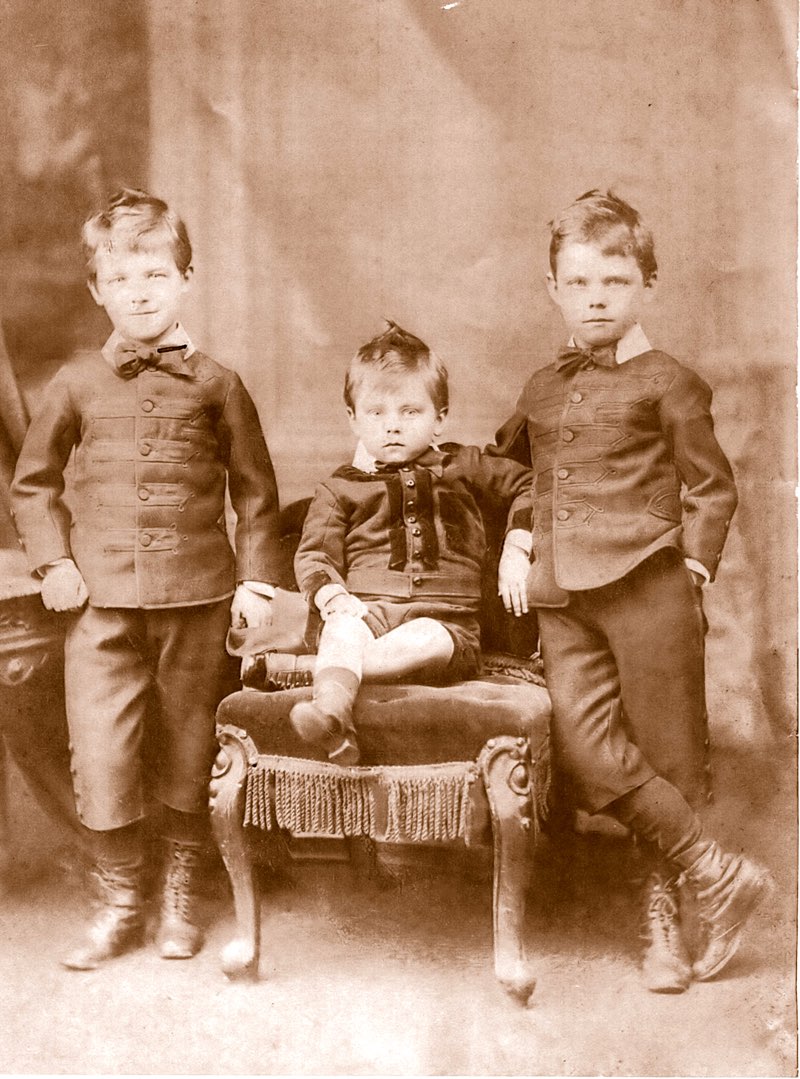How to Find Your English Ancestors
An Overview
Jessica Coup
Contents
Introduction
This book provides an overview on how to find your English ancestors. It also contains links to online sources, such as databases, and includes examples.
You will begin by recording what you already know, usually in a family tree program such as Ancestral Quest (a Windows/Mac app) or FamilySearch (an online tree). Then you will supplement your knowledge with that of family members and the documents, photos and stories they share with you.
Next you will want to narrow your search to a specific ancestor from a specific country. In the case of this book that would be England.
It is often helpful to record what you know in a timeline document. Here is an example:
1880 Photo of Jack, Frank and Fred Beavan.
1890s John Charles Beavan lived in London. He was married to Emily Wenham Cremer. His children were Frederick, John and Albert. Fred and John immigrated to South Africa.
Once you have recorded what you and your family know it is time to fill in some of the gaps by finding your ancestors in documents such as vital records and census.
How do you know what these documents are and where to locate them?
The purpose of this book is to give you an overview of English Genealogical sources (including links to online sources), and where to get further help.
Lets get started by reviewing some essential and helpful tools and sites.
Tools You Will Need
Here are six tools that will save you time and frustration in the long run:
1) A Timeline document, created in a word-processing program, allows you to see at a glance what you know, what is missing, where you have looked and where to look next. It is not needed for every ancestor but can be very helpful if you are starting out or have got stuck in your search.
2) Scanner of digital camera to capture the photos and documents you find at home. Scan your items at 300 dpi (print resolution) or more (if you want to enlarge the photo to see small details). Some scanners will scan slides, if needed.
3) Digital File and Folder system where you will store your scanned documents, photos and online finds. My system looks like this: Beavan (folder)>Beavan, John Charles (folder)>1901-census-Beavan-John-Charles (file). Naming the files date-event-individual, ensures the files are listed in chronological order providing an instant timeline.
4) Family Tree program, either on your computer or online, lets you record, edit, easily find and search for information about your ancestors. I recommend a personal family tree program (such as Ancestral Quest) as your working copy and an online program (on Ancestry or Familysearch) to easily collaborate with and share information with family and cousins.
5) Back Up System either on an external drive or online (in a cloud service such as Google Drive or Dropbox) will ensure that all your hard work isnt lost.
6) England GenealogyThis FamilySearch wiki article is my first stop if Im stuck in my research. It contains lots of information about record types available for England, the background of England and links to all the relevant online sources.
Mastering the Learning Curve
If you are new to any of these tools dont be daunted by the learning curve. There is help available! I recommend that you review the Help files that come with the app, device or computer you are using. You can also try an online search for the skill you would like to master (such as how do I add people to Ancestral Quest). Often an online search will result in a tutorial video or article.
Example: Gather Your Tools
I have a file/folder system in place, the Ancestral Quest program on my computer and a backup system in place. I scan the photos I find with a small, portable scanner at 600 dpi (dots per inch). This creates a larger file, but I can zoom in to see the little details, so that is fine.
I started a timelinemostly emptyand bookmarked the FamilySearch article about English Genealogy.
Now that your Six Tools are gathered it is time for you to review what you know about your family.
Review Family Memory
Review what you know. Supplement that by what your family members know. The documents, photos and stories family will share with you, sets you up on a firm foundation going forward.
Record information from:
Family Memory, including stories and hearsay.
Photo albums, including names and dates written in the album or on the back.
Letters, taking note of names and dates, places and stories.
Journals, taking note of names and dates, places and stories.
Family Bibles, taking note of the record of births, marriages and deaths.
Newspaper Clippings, of births, marriages, deaths or articles about family.
Local History books, which often record a brief history of families in the area.
Example: Review Family History
Great-grandfather Frederick Charles Beavans father was a
sauce maker in 1880s England. His name was John Charles Beavan.
I add this information to my timeline.
Jack, Frank and Frederick Beavan, about 1880
Now let me introduce you to other records your family members will be in.
The Records
Church Records
In the early 1500s the churches began keeping records of baptisms, marriages and burials. First kept in Latin they eventually switched to English. Unfortunately the Anglican registers did not record very much information in the early yearsperhaps just the baptismal date of the child and the name of the father. Marriages often recorded the names of the bride and groom, and burials only the name and (maybe) age of the deceased.
By 1812 a standardized form was introduced in the Anglican churches. Now, at a childs baptism, usually the date of birth, the names of both parents, occupation of the father and place of residence were recorded. Marriage would record whether the marriage was by banns (announced for three weeks beforehand in church) or by licence (without banns by paying for the licence). Burial information stayed the same.
Civil Registration Certificates
By March of 1837 the government began having the populace register their births, marriages and deaths. These records were far more detailed than the church records. Births recorded the date and place of the birth, name of the child, name of the parents (maiden name of the mother), and occupation of the father.
Marriages recorded the date and place of the marriage, name, ages, place of residence, occupation and fathers of the bride and the groom. Often the witnesses on the marriage certificate were family members.
Death certificates recorded the date and place of the death, name, age and cause of death of the deceased and witnesses present at the death.
Census records
The Census for England and Wales (useful to family historians) was taken every ten years beginning in 1841. The last census available to the public is the 1911 census. However a census substitute, the 1939 Register, is also available.


